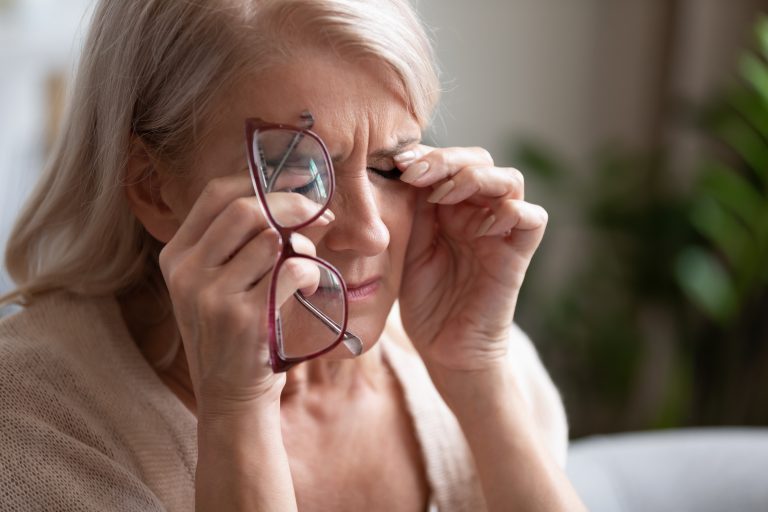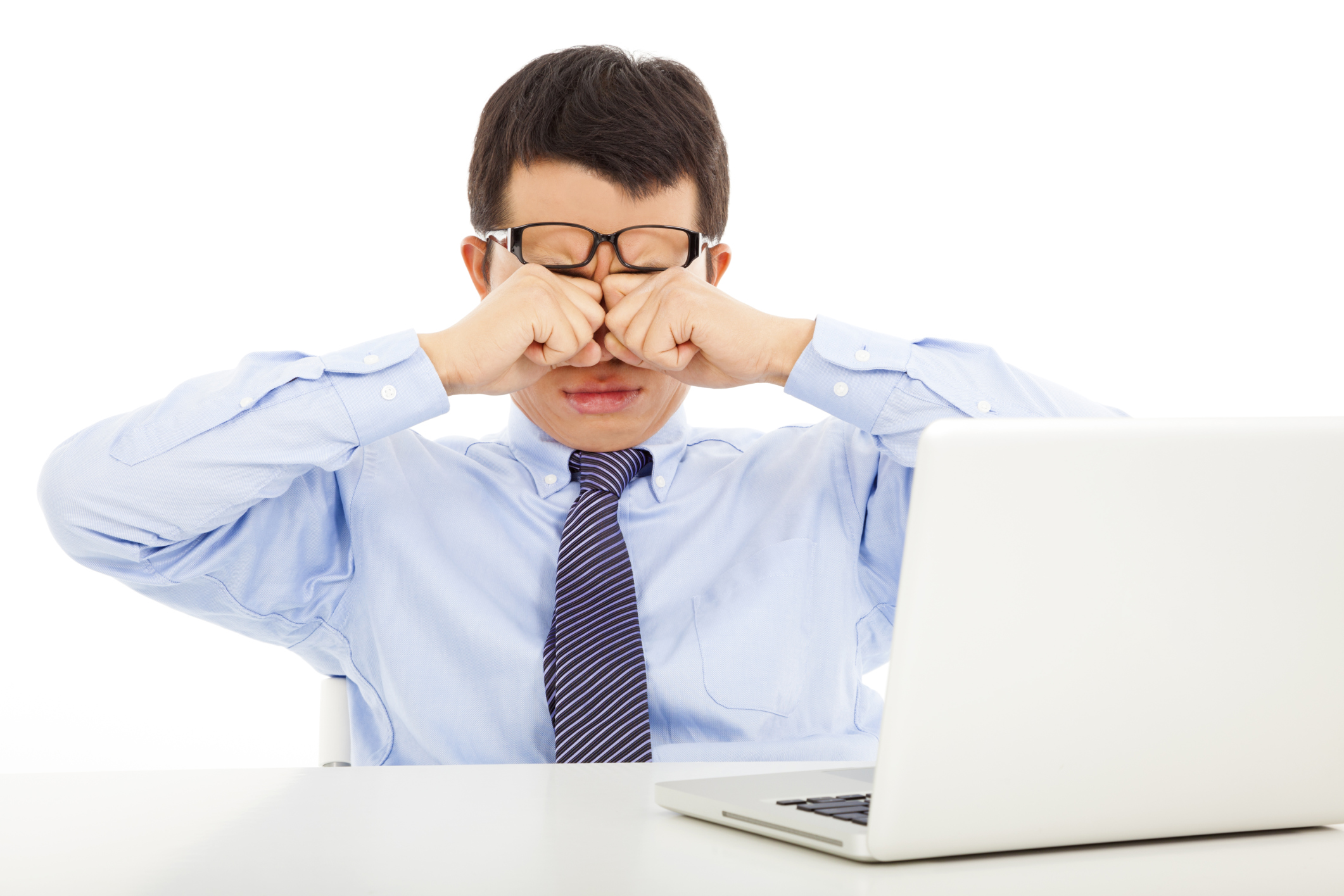Dry Eye Treatment
-
Content written by Annie Tye, Ph.D | Reviewed by Joseph Christenbury, M.D. | Last updated 6/11/2023
- Overview
Overview
What is dry eye?
Dry eye is a common eye condition marked by a lack of tears to provide lubrication in the eyes. Tears play and essential role in maintaining eye health. In addition to providing lubrication, the “tear layer” of the eye helps to fight infections and wash away foreign objects from the eyes. Without an adequate tear film in the eyes, irritation can lead to discomfort and eye rubbing, which can exacerbate dry eye syndrome.
Cost of dry eye treatments
The cost of dry eye treatments can vary depending on the type of treatment and other various factors. Here are some common types of dry eye treatments and their average cost ranges:
- OTC Eye Drops: These are typically the most affordable dry eye treatments and can range from $5 to $20 per bottle.
- Prescription Eye Drops: The cost for prescription eye drops such as Restasis or Xiidra, can range from $300 to $600 for a one-month supply. Some insurance plans may cover a portion of these costs.
- Punctal Plugs: These are tiny devices inserted into the tear ducts to block drainage and retain moisture. The cost for punctal plugs can vary but generally ranges from $300 to $500 for the procedure.
- LipiFlow Thermal Pulsation: This is a medical device that treats evaporative dry eye by applying heat and pressure to the Meibomian glands. The cost is typically between $800 and $1,500 for the procedure.
- Intense Pulsed Light (IPL) Therapy: IPL therapy can help with certain types of dry eye and may cost around $500 to $800 per session. Multiple sessions may be required.
- Prescription Oral Medications: In some cases, your ophthalmologist may prescribe oral medications to address underlying causes of dry eye. The cost of these medications can vary based on your insurance coverage and the specific medication prescribed.
- Specialty Contact Lenses: Scleral or hybrid contact lenses can be used for severe dry eye cases. The cost varies, but these lenses can be more expensive than standard contact lenses.
- In-Office Procedures: Some in-office procedures such as LipiScan imaging or diagnostic tests may be recommended to evaluate the condition.
If you suffer from dry eye, set up a consultation with an ophthalmologist for a proper diagnosis and to discuss which treatment option is best for you. They can provide you with the specific costs and also discuss potential insurance coverage or financing options.
Common dry eye symptoms

Dry Eye
If you have dry eyes, you’re likely to experience an array of symptoms that can include:
- Red eyes
- Blurred vision
- Light sensitivity (photophobia)
- Burning, stinging or itching of the eyes
- Eye pain
- Eye fatigue
- Sensation of foreign object in the eye
Dry eye symptoms may appear more pronounced or significant under certain climate conditions such as dry and/or windy weather, and high temperatures and humidity.
What causes dry eyes?
Although dry eye is caused as a result of a lack of lubrication, it doesn’t necessarily mean a lack of tear production. The eyes might be producing a normal amount of tears, but other issues is causing them to drain from the eyes before they can adequately protect. The reality is there are many reasons why you might experience dry eye, including:
- Overexposure to sunlight
- LASIK (dry eye is a common side effect)
- Medications
- Hormonal imbalance associated with pregnancy
- Inadequate blinking
- Environmental factors (weather, dust, etc.)
- Allergies
- Digital eye strain (overexposure to blue light)
- Smoking
- Aging
- Contact lens discomfort
- General health issues (diabetes, arthritis and other conditions may cause dry eye)
It’s perfectly normal to experience dry eye every now and again as a result of any of the aforementioned factors. However, if you experience chronic dry eye, it could be a sign of dry eye syndrome and require the assistance of an eye doctor.
For more information about dry eye visit www.aao.org.
EnhanceMyself.com relies on sources such as professional medical organizations, government agencies, academic institutions, and peer-reviewed scientific journals to write it’s articles. Learn more about how we ensure our content is accurate, in-depth, and unbiased by reading our editorial guidelines.
*Medical Disclaimer: This website does not provide medical advice. Read more.

